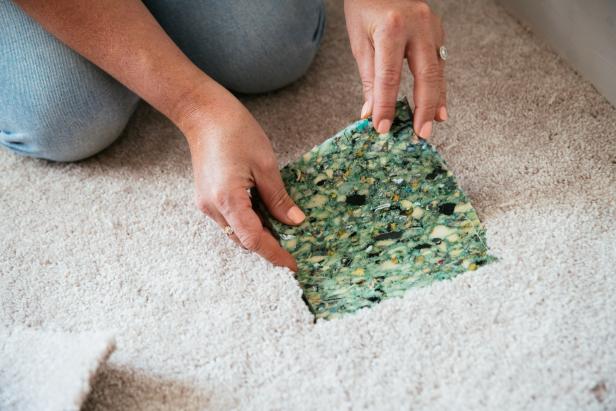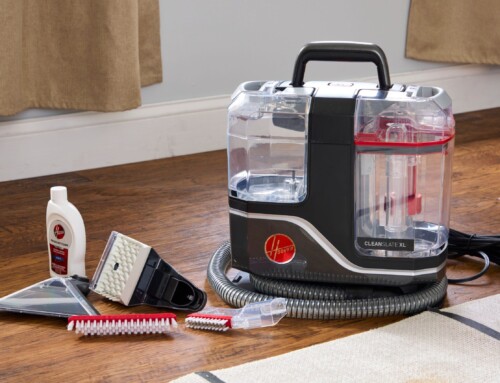Effortless Carpet Repair with DIY Donor Patching
When your carpet has small areas that need repair, the situation might initially seem hopeless. Do you need to call a carpet technician? Possibly, but you may be pleased to learn you can repair the carpet yourself. Carpet patching is a straightforward, cost-effective, and efficient method of revitalizing your carpet using donor carpeting.
DIY Carpet Restoration with Donor Patches
Carpet patching involves a straightforward process of meticulously removing the damaged section and substituting it with a donor carpet patch of identical size. If a new donor piece isn’t available, you can search your home for existing carpet areas that can serve as donor patches.
Simple Carpet Restoration Using Donor Patches
- New remnants are often leftover from the original installation.
- Thoroughly search your house for every possible source of new remnants; they provide the best donor materials.
- You may find these remnants in places like the garage, attic, or basement.
- It may be possible to purchase remnants of the same carpet from a store.
- To match the carpet, you need information about the brand and style of your current carpet.
- Visually matching is not dependable.
- The store where you purchased the carpeting may have your order information on file.
Donor Patches: Reviving Your Carpet on a Budget
If new remnants are unavailable, you must extract small sections of your current carpet from inconspicuous locations within your home. Consider the following options in order of preference:
- Clothing or linen closets
- Water heater or furnace closets
- Under enclosed staircases
- Beneath immobile furniture, like a media cabinet
- Behind or under beds
- Under desks
- Out-of-the-way open carpeted areas
Pro Tip: Carpet patching is a viable repair method, albeit not flawless, as it involves either filling the donor area with remnant carpet or leaving it unrepaired.
Assessing Carpet Damage for Patching
Regarding carpet patching, focus on small, localized spots that are frayed, worn, scorched, or stained beyond repair. This method is ideal for areas that are 1 square foot or less and not too numerous. Re-carpeting the entire room might be a more practical solution for dealing with larger or multiple sections. However, if you need to replace a piece of carpet because someone spilled nail polish on it, then you have a few options.
Locating Suitable Donor Carpet
For an effective patch, aim for a donor carpet that matches the damaged area in type and colour. Even close but not exact patches will stand out. Start by checking for unused remnants of the same carpet. If you don’t have any, look in less noticeable areas like closets, under stairs, in pantries, or even under beds for a matching carpet.
Marking the Damaged Area
To mark the damaged section, employ an awl or capped pen to outline a square around the damaged area. Apply pressure to the tool into the carpet between the tufts and drag it, which helps separate them and reduces the number that will be cut.
Cutting Out the Damaged Section
To remove the damaged section, use a carpet or utility knife to carefully cut along the lines of the square. Aim to cut only the carpet’s backing, avoiding the tufts. Gently remove the section of carpeting. If any carpet fibres are still attached, cut them instead of pulling them away.
Applying the Carpet Tape
Carpet tape features adhesive on both sides, providing a strong bond. However, it allows only one chance for placement, as repositioning is not possible once it’s stuck. If applied incorrectly, it’s best to remove the tape, discard it, and start fresh.
Cut four strips of carpet tape to cover the perimeter of the patch area, ensuring the protective paper remains in place. For patch areas of 4 square inches or less, use only two strips—one for each side.
Remove the protective paper from one side of each strip as you apply them to the floor within the patch area. Press firmly to ensure adhesion. Once all four strips are in place, remove the protective paper from the top of all strips.
Placing the Patch
Carefully place your carpet patch into the square where the tape is positioned, pressing it firmly into place.
Blending the Patch With the Rest of the Carpet
To blend the patch seamlessly with the rest of the carpet, rub a carpet roller, comb, or dry cloth across the carpeting in all directions. Pay close attention to the edges, but be gentle to avoid damaging the tufts.
Pro Tip: Should the donor area be inconspicuous, leaving it unpatched is an option. For a seamless repair, though, consider using the above method with a closely matching remnant carpet.
When to Seek Professional Help:
Professional Sources:
- The Spruce: A comprehensive home improvement and interior design website offering expert advice and tips.
- Flooring Xtra Rosebud: A reputable flooring store providing quality flooring solutions and expert advice in Rosebud, Australia.









Leave A Comment